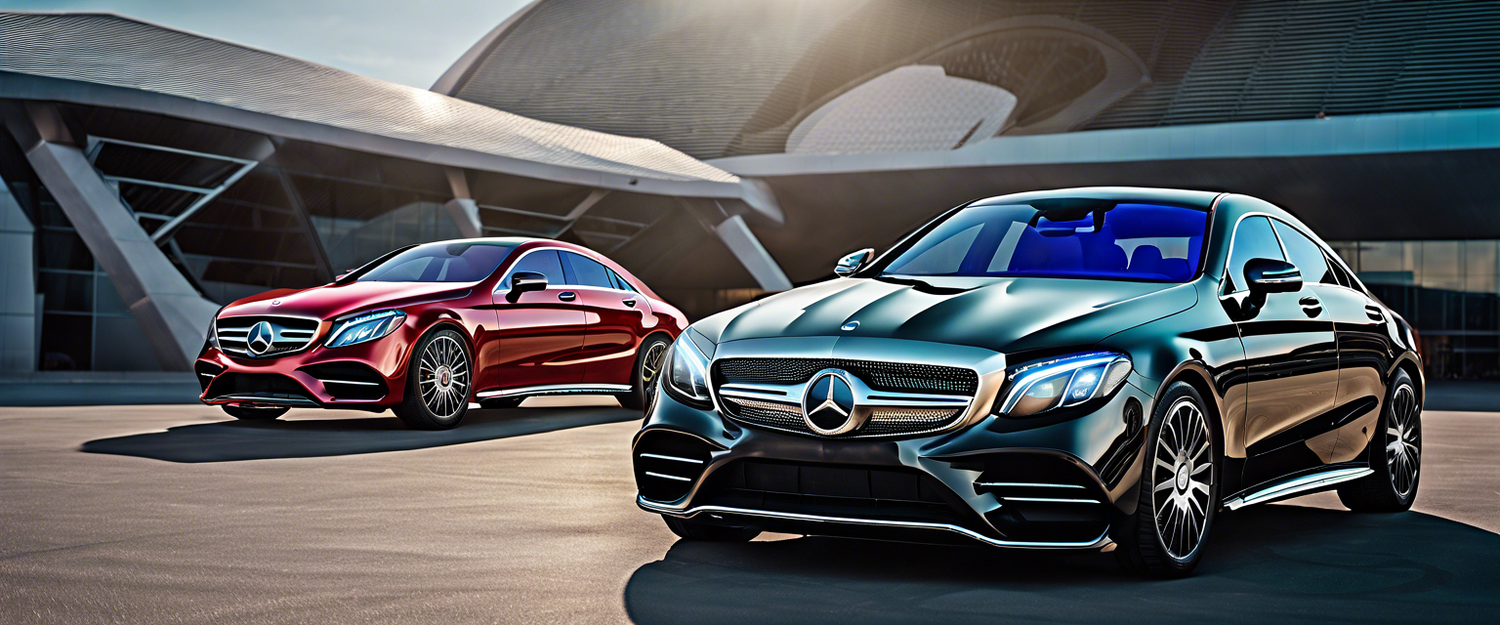The Future of Autonomous Driving with Mercedes-Benz's Drive Pilot
Mercedes-Benz's Drive Pilot, a cutting-edge innovation in conditionally automated driving, is set to revolutionize the way we think about road travel. With recent updates, the feature will now support speeds of up to 95 km/h (59 mph) on German motorways, showcasing the company's commitment to pushing the boundaries of vehicle automation.
What is Drive Pilot?
Drive Pilot is categorized as a Level 3 automated driving system, allowing drivers to take their hands off the wheel and feet off the pedals under certain conditions. This is a significant upgrade compared to Level 2 systems like GM's Super Cruise, Ford's BlueCruise, and Tesla's Autopilot, which require drivers to remain fully attentive at all times.
Current Status and Future Prospects
The launch of the Drive Pilot update awaits regulatory approval in Germany, highlighting the cautious approach Mercedes is taking with such impactful technology. Once approved, the company will be the first to offer what it calls the world's fastest Level 3 system in a series production vehicle. This marks a significant step toward the future of fully autonomous driving.
Enhanced Features and User Experience
- Improved speed capabilities: Drive Pilot's ability to operate at higher speeds opens doors for longer journeys, reimagining road trips.
- Autonomy under specific conditions: For Drive Pilot to function optimally, there must be readable road markings, clear weather, and a vehicle ahead.
- Allows distraction: Unlike lower-level systems, drivers can divert their attention, such as checking their phone or watching a movie, when conditions permit.
Considerations for Safety
Recent studies from the Insurance Institute for Highway Safety reveal that while drivers might be tempted to misinterpret the capabilities of driver assist systems, this poses risks, especially at higher speeds. Mercedes has made it clear that falling asleep or leaving the driver's seat while using Drive Pilot is prohibited, yet the temptation remains.
The Risks of Driver Disengagement
Research indicates that drivers may struggle to regain control after a period of disengagement. This can lead to overreactions, such as sudden steering corrections or abrupt braking, resulting in hazardous situations. Understanding the nature of these systems is crucial, as many autonomous vehicle manufacturers like Waymo and Cruise lean towards developing Level 4 technologies that eliminate the need for human intervention.
Looking Ahead: Innovations on the Horizon
As part of its advancement strategy, Mercedes is seeking approval for turquoise marking lights that indicate when the Level 3 system is active. The company aims to enhance visibility for surrounding drivers, ensuring better communication on the road.
Conclusion
With Drive Pilot, Mercedes-Benz is not only enhancing the driving experience but also charting a path for future developments in fully autonomous vehicles. As speeds increase and technology advances, understanding the safety implications and adhering to guidelines will be paramount in making the roads safer for everyone.



Zostaw komentarz
Wszystkie komentarze są moderowane przed opublikowaniem.
Ta strona jest chroniona przez hCaptcha i obowiązują na niej Polityka prywatności i Warunki korzystania z usługi serwisu hCaptcha.